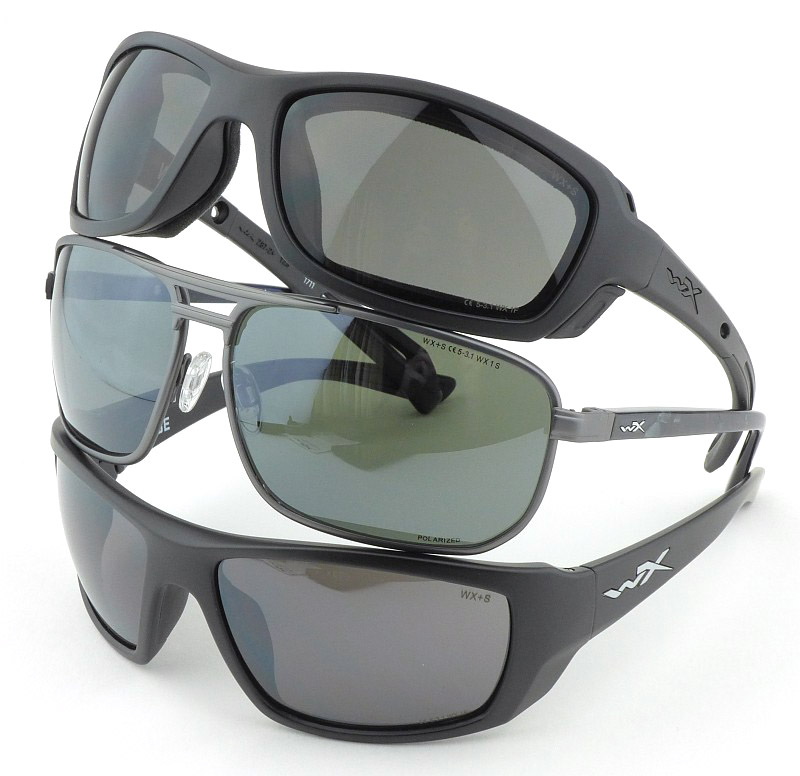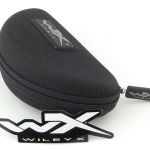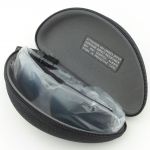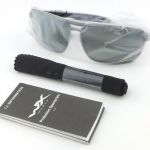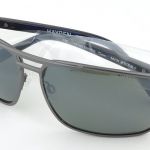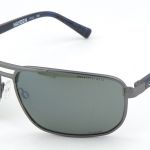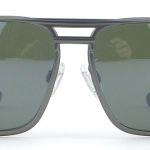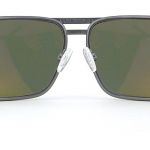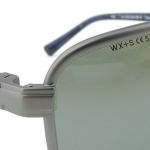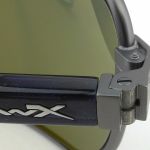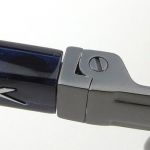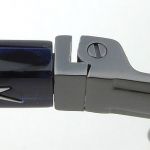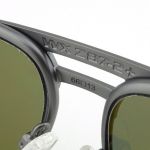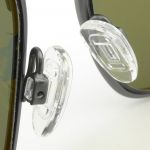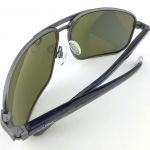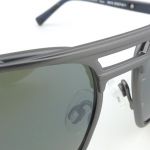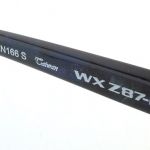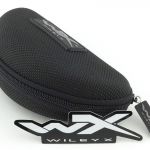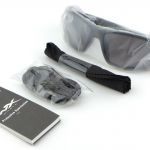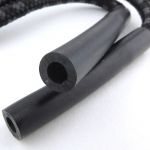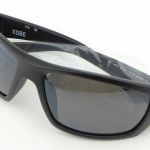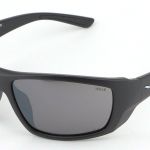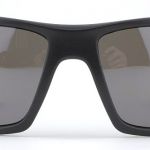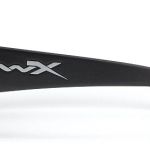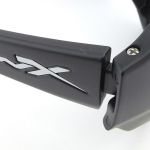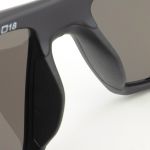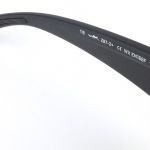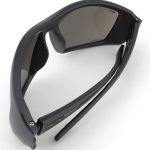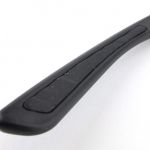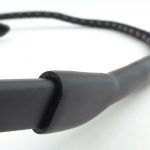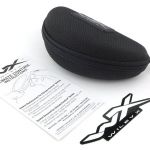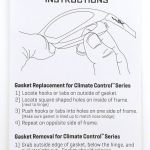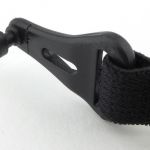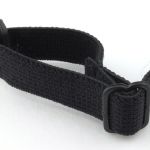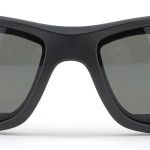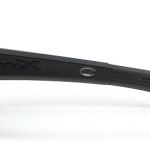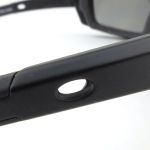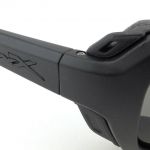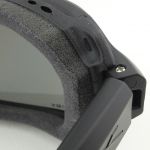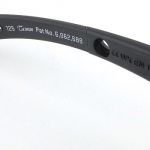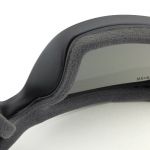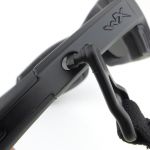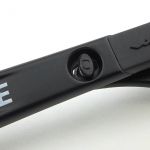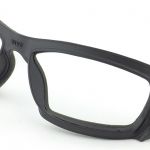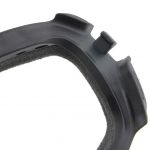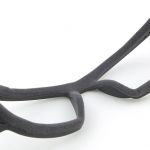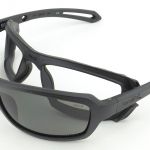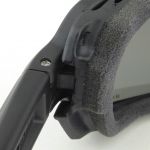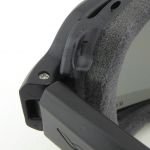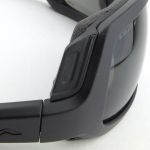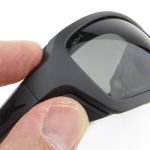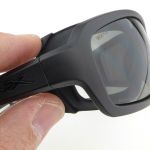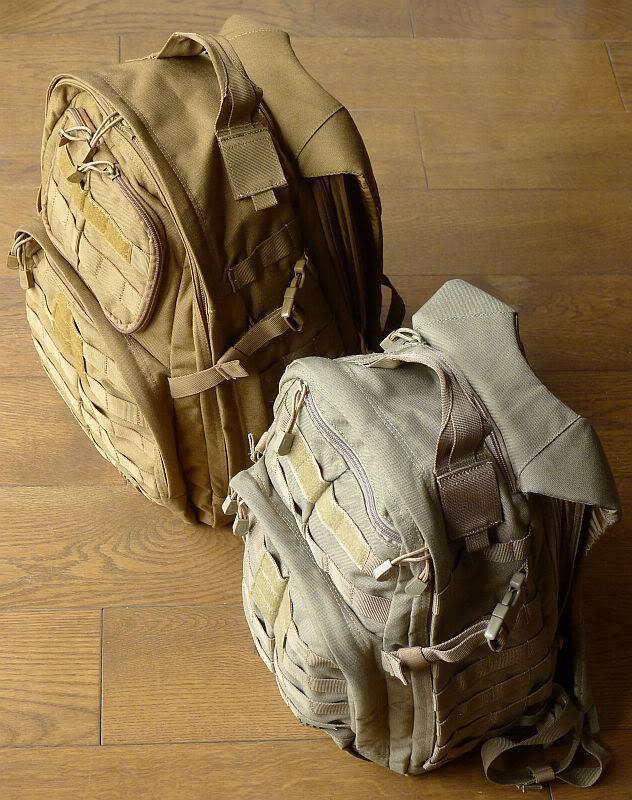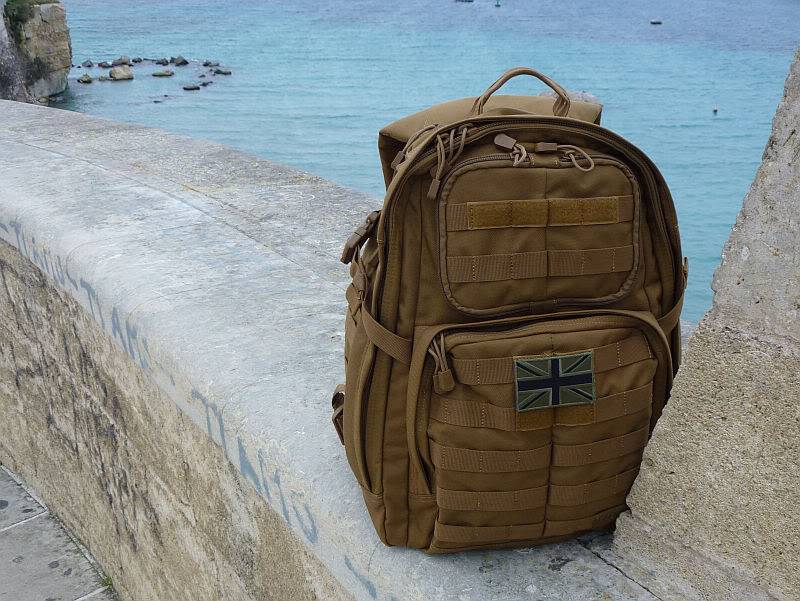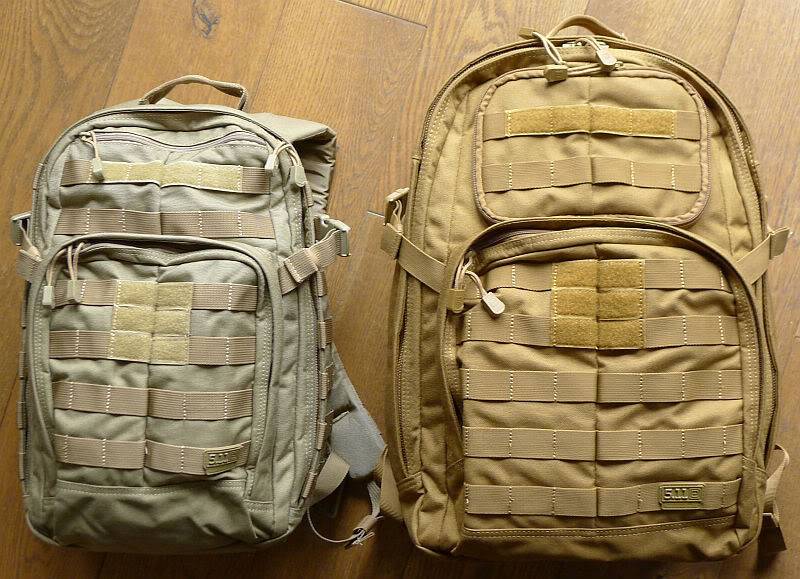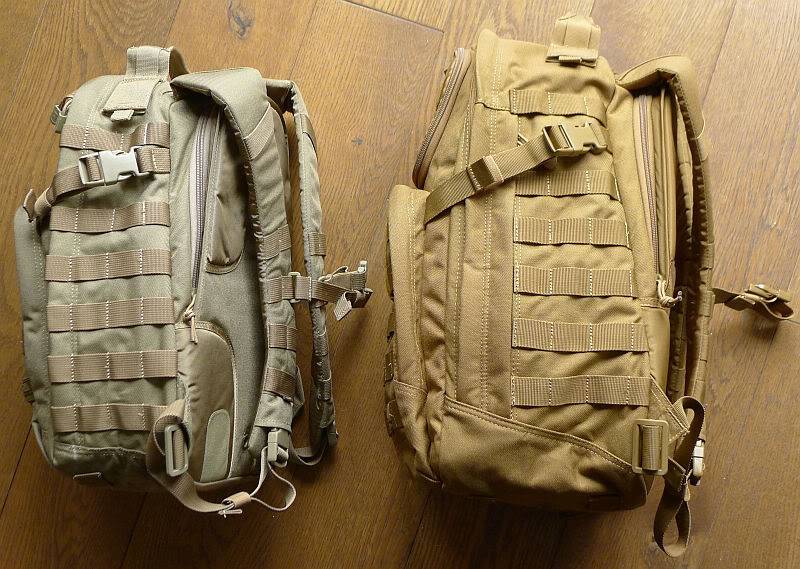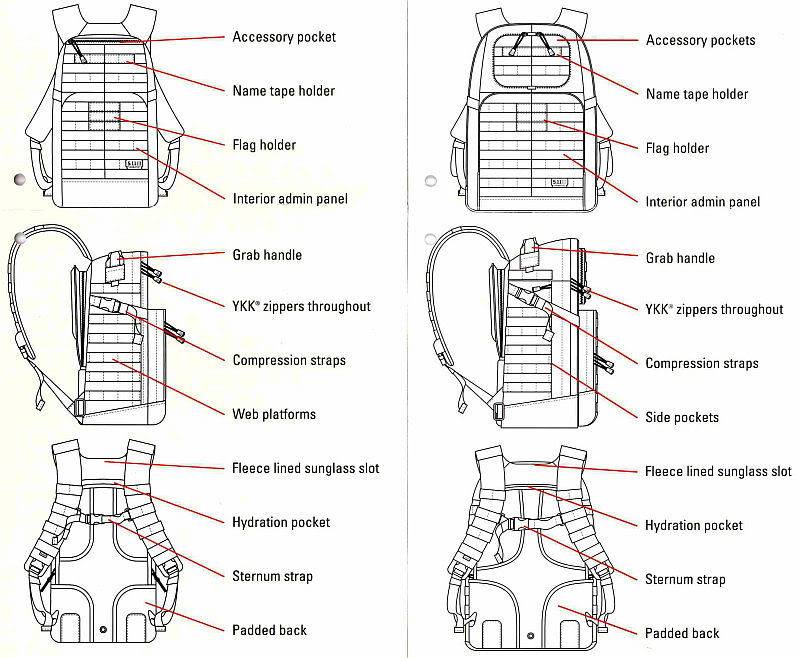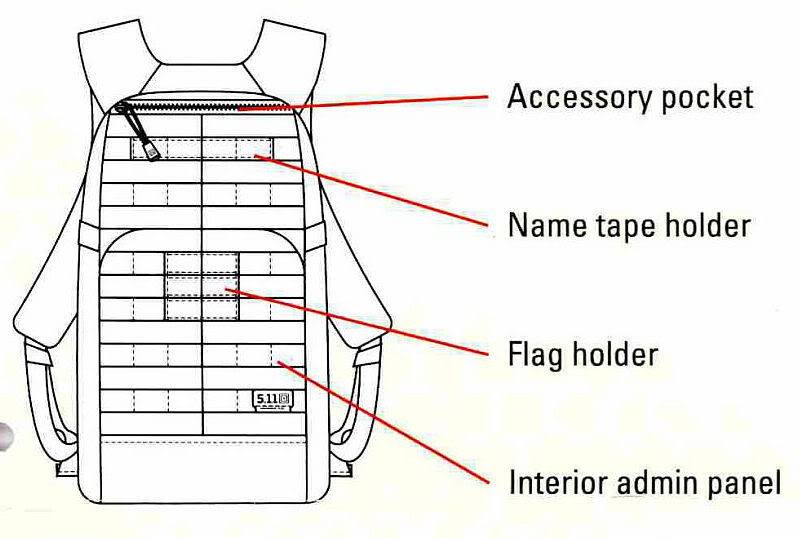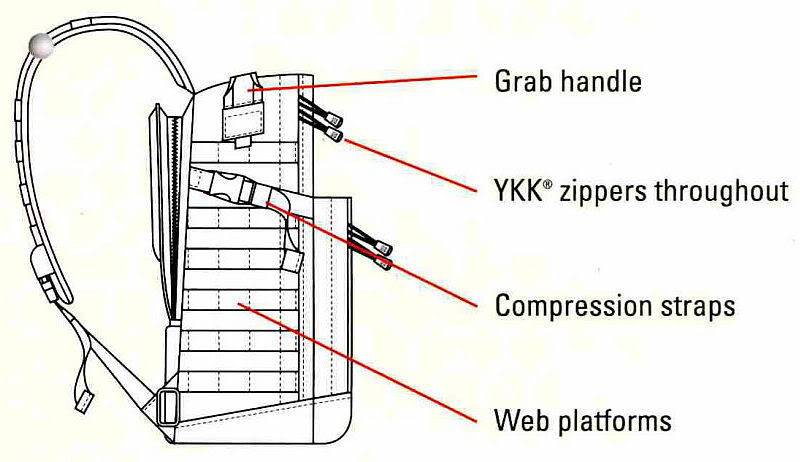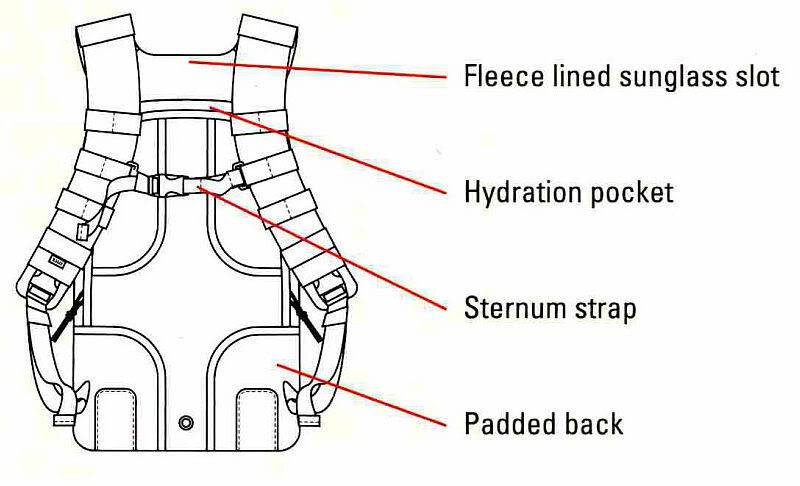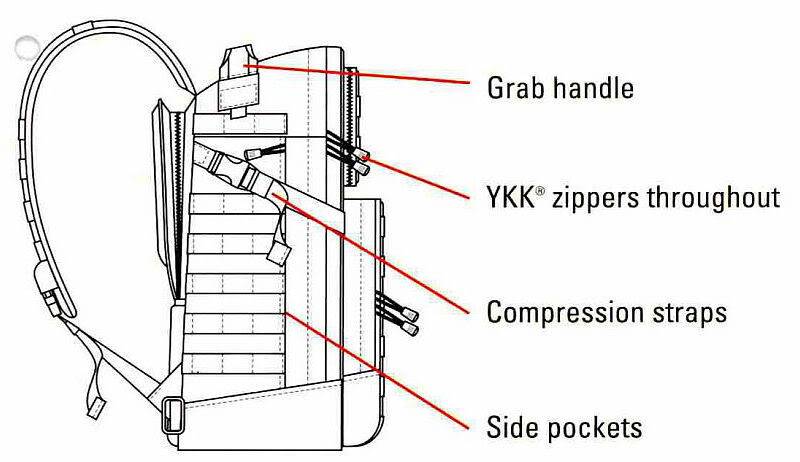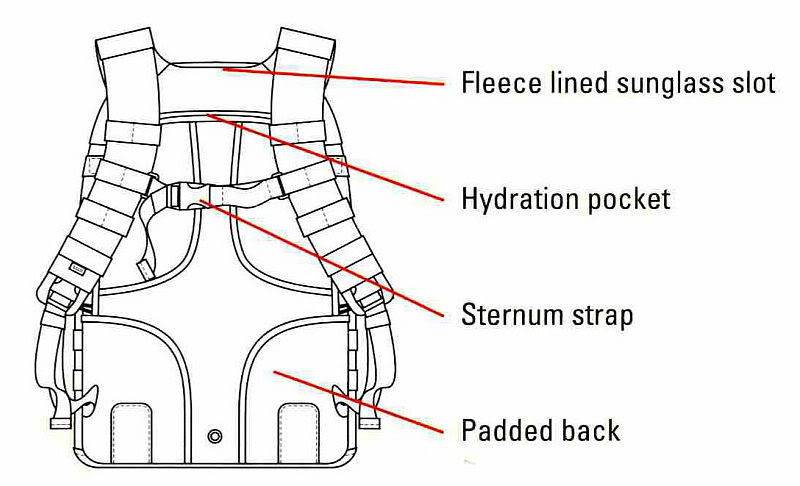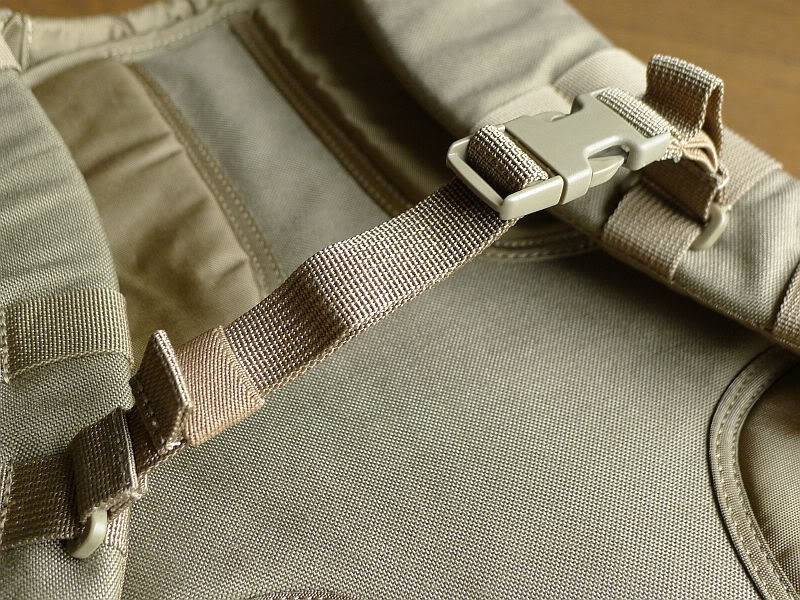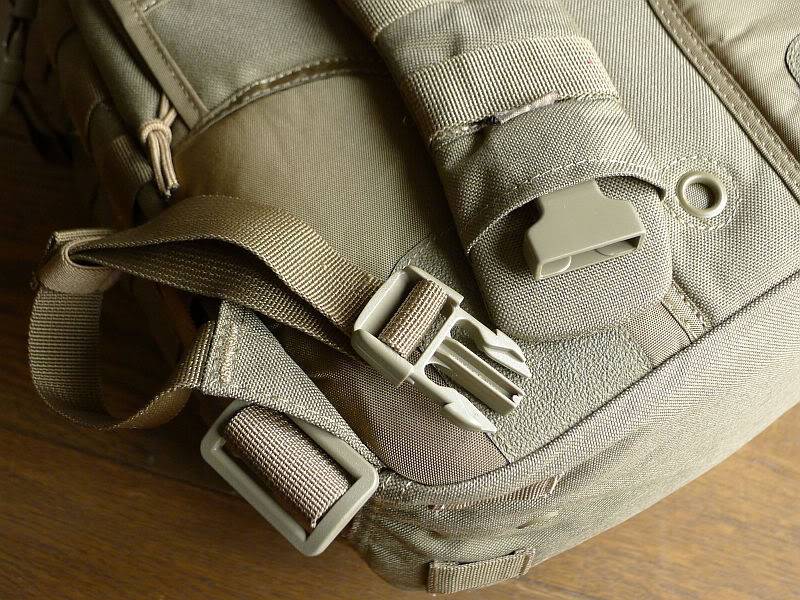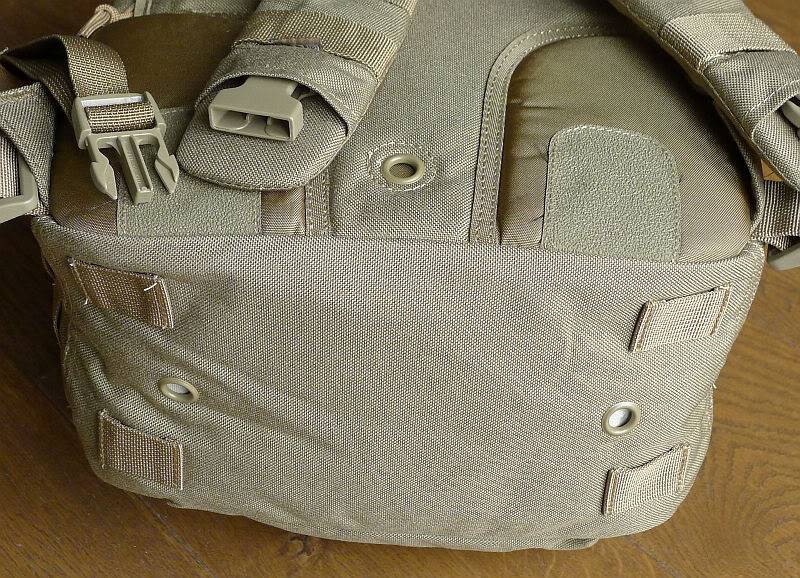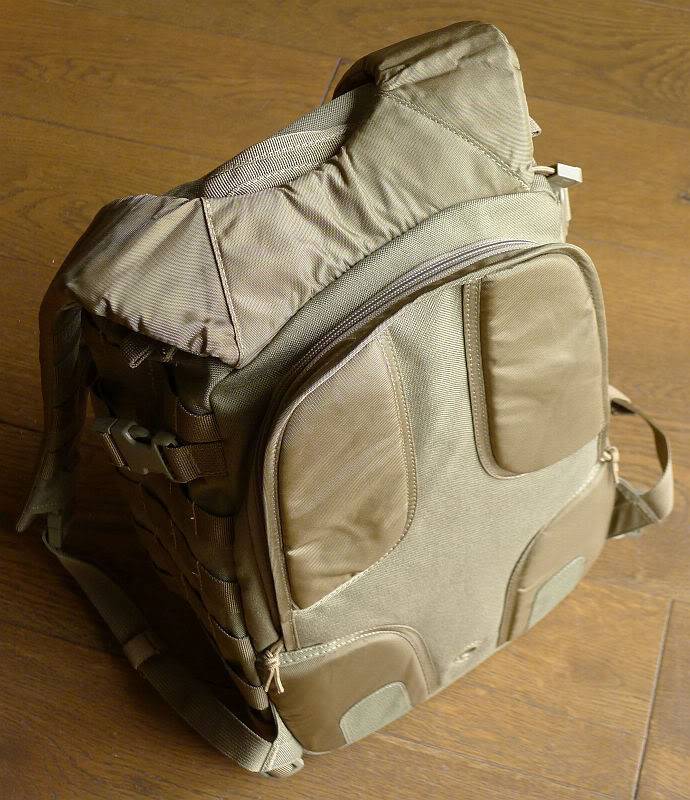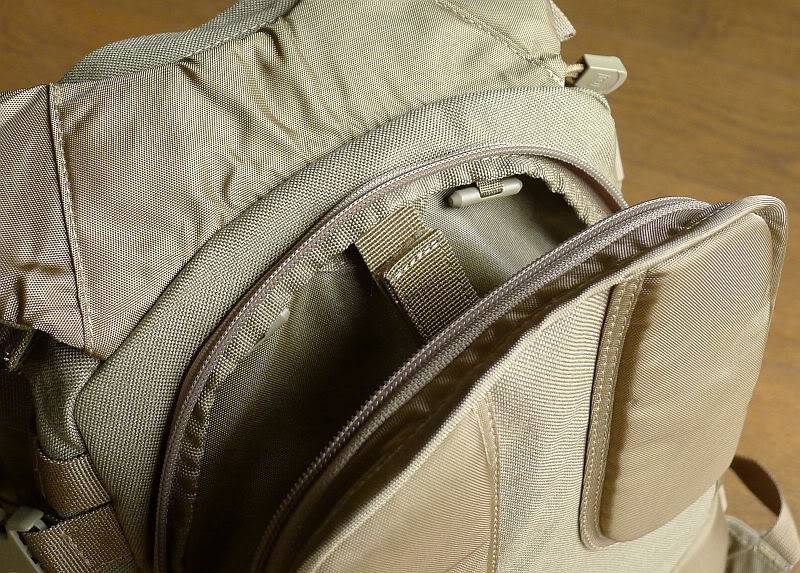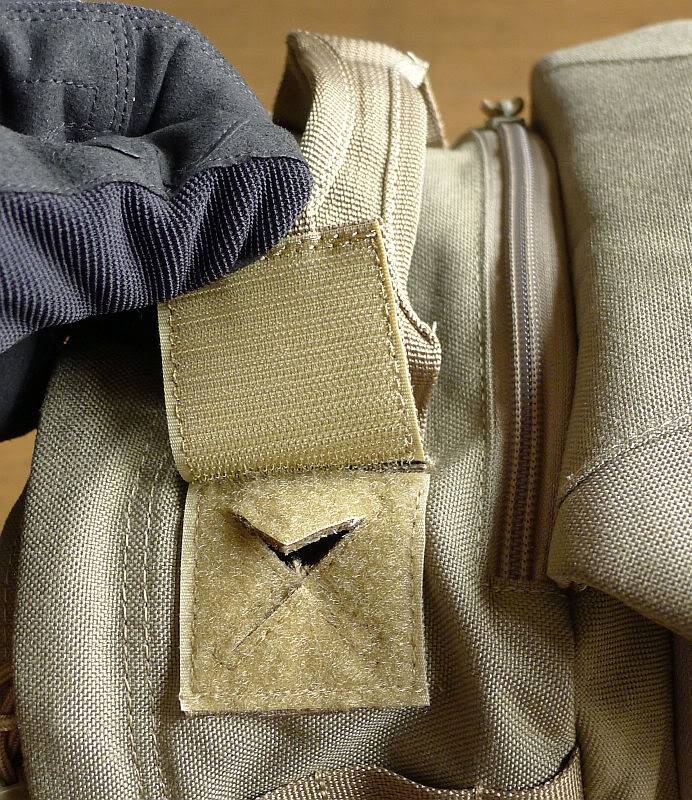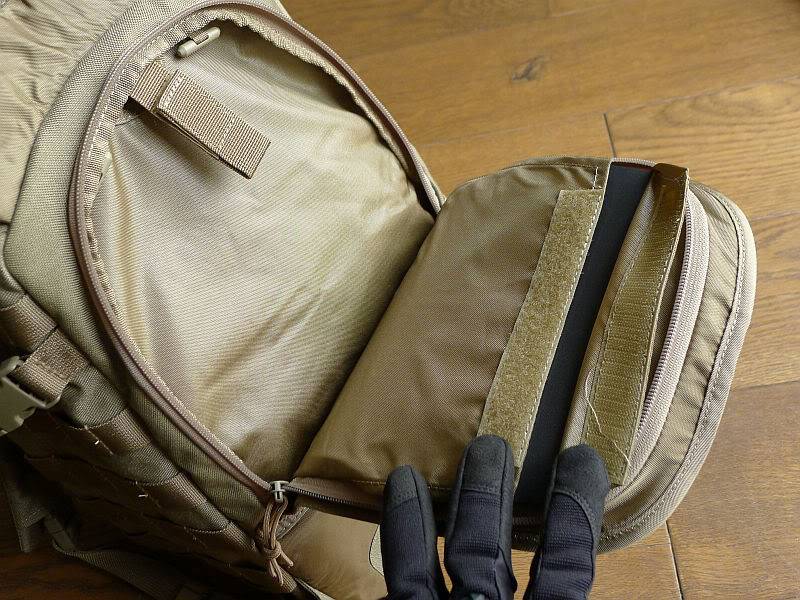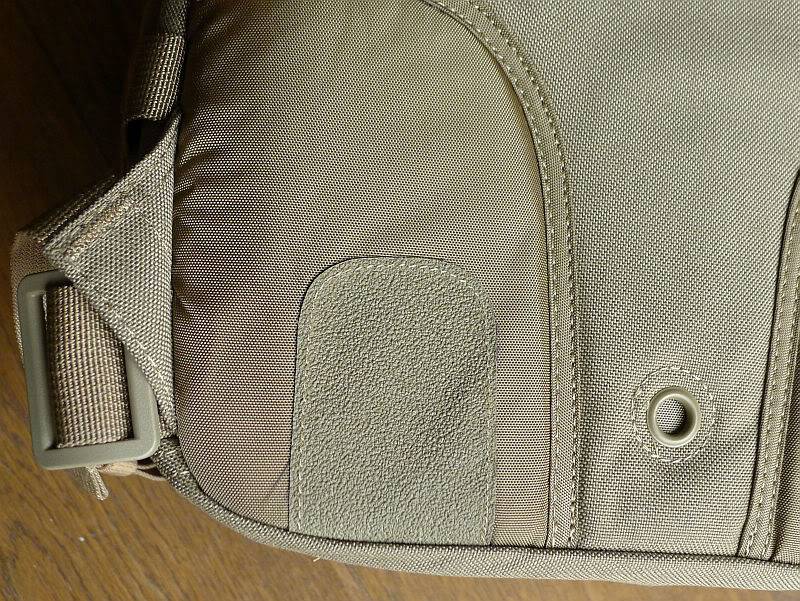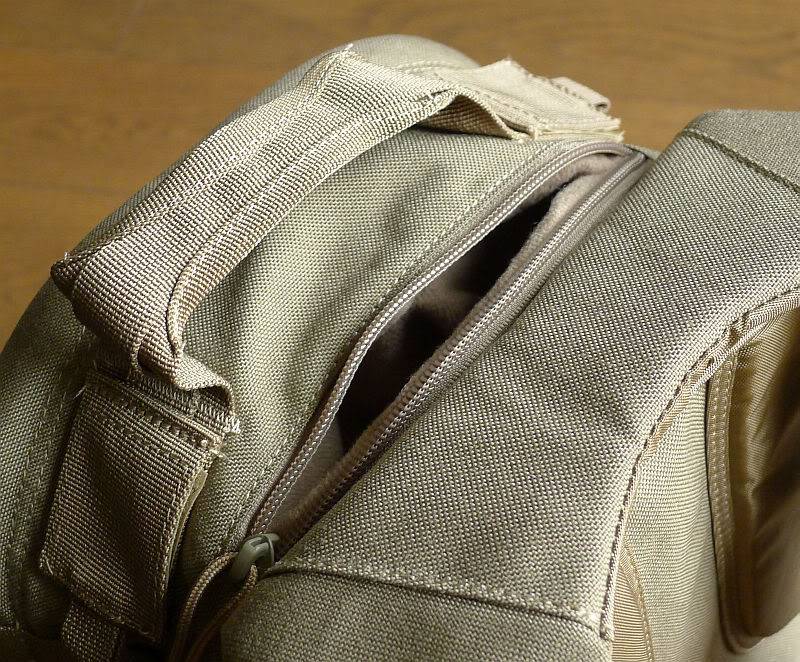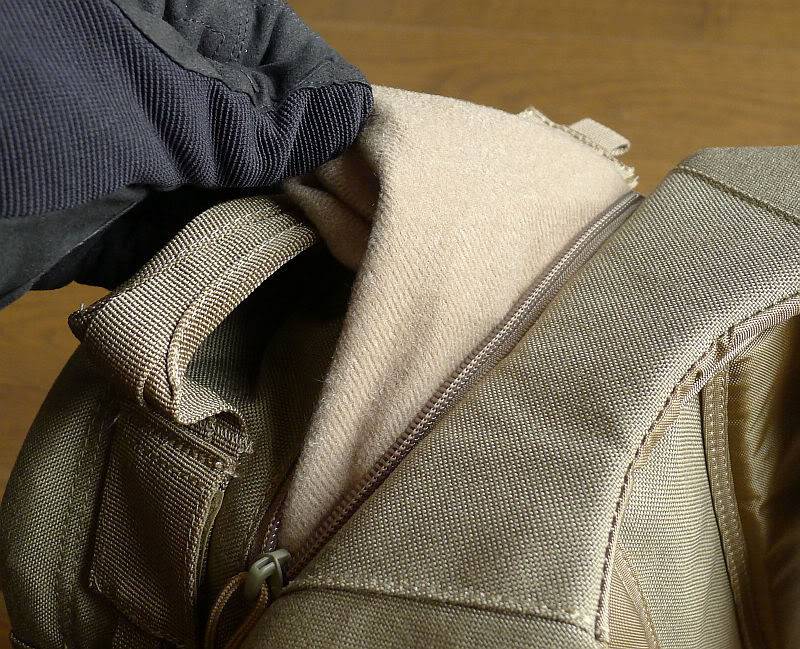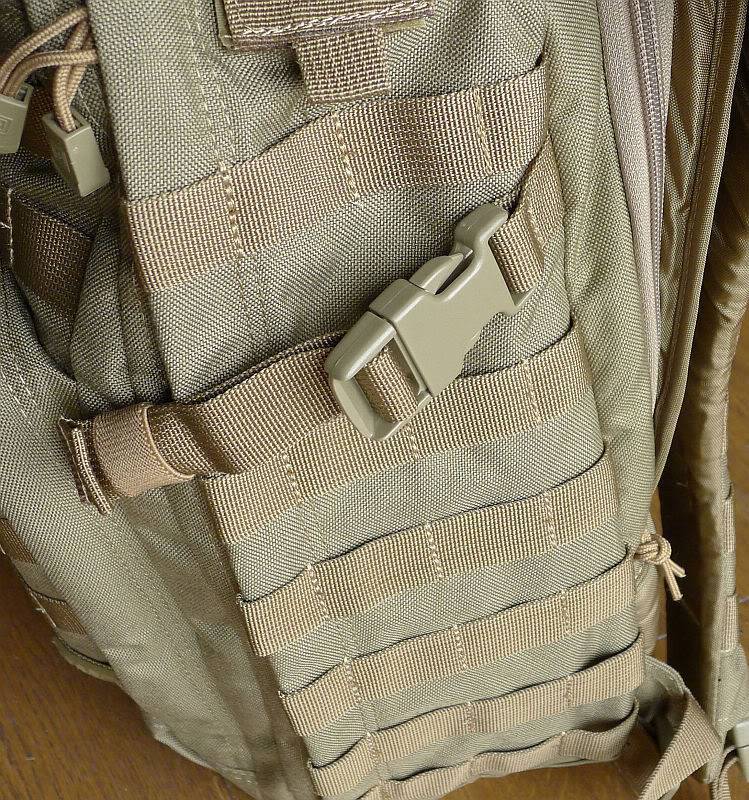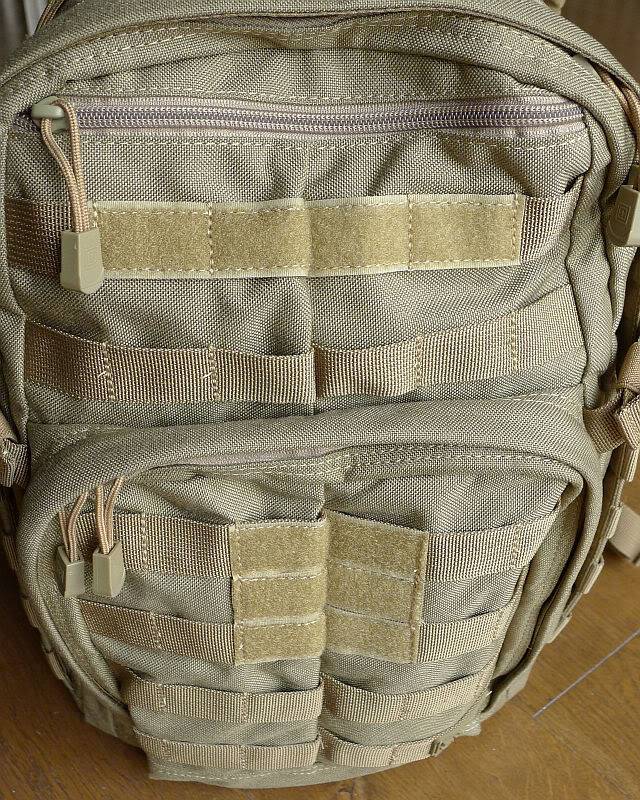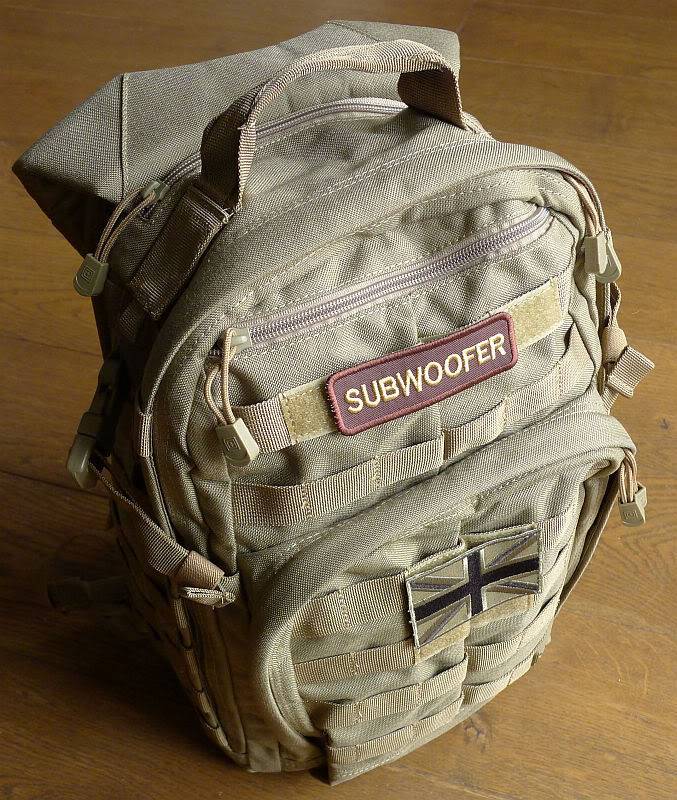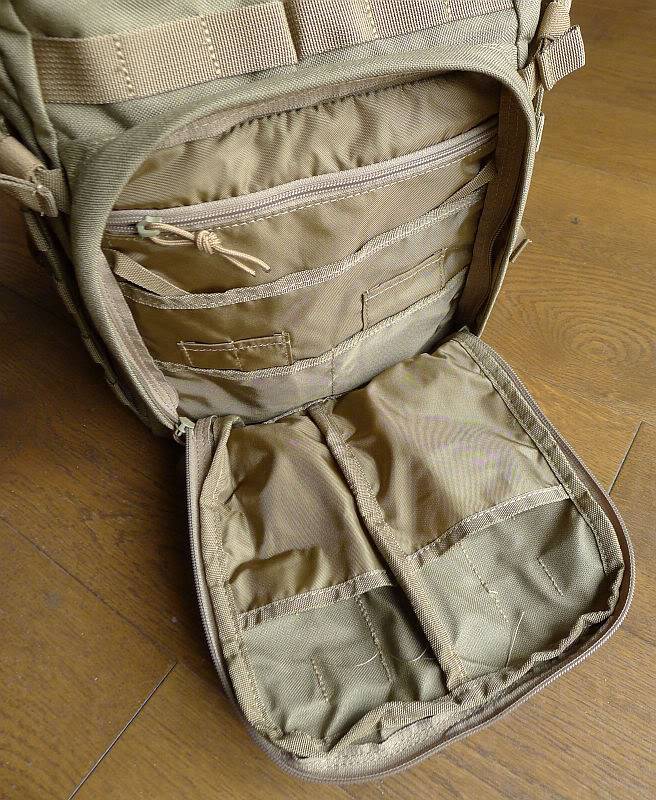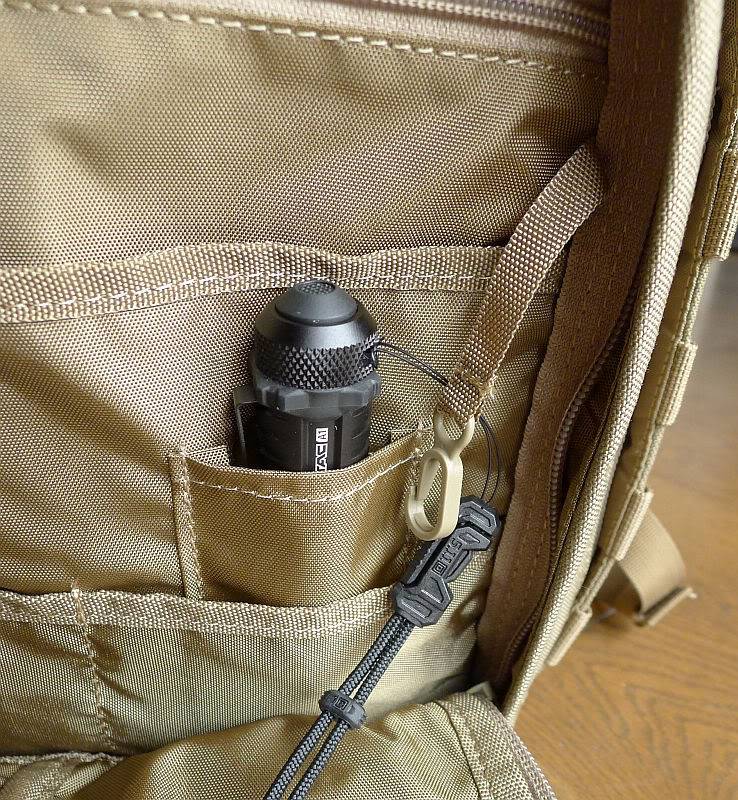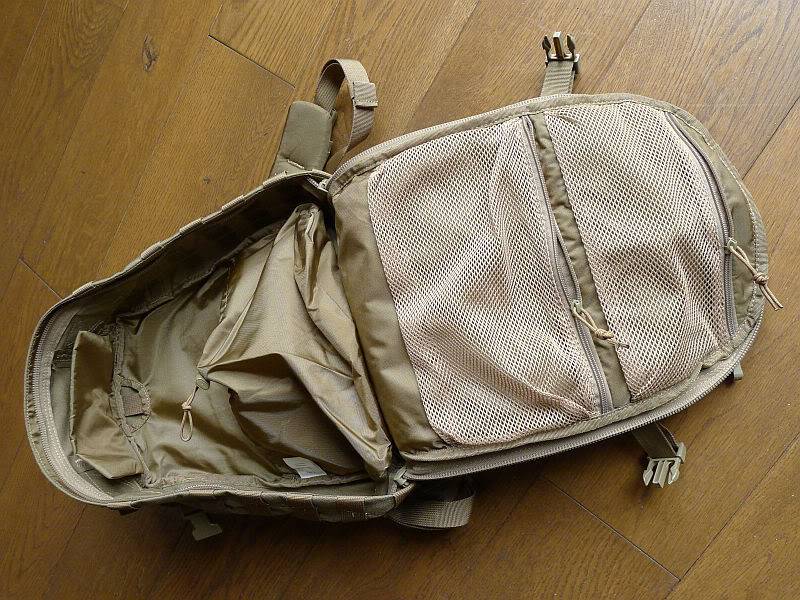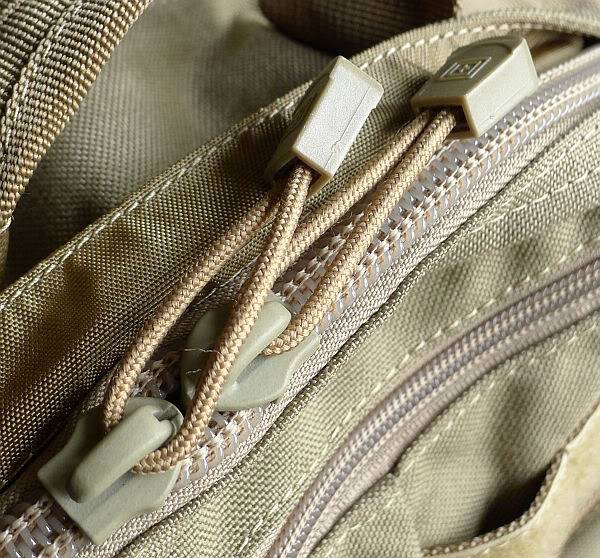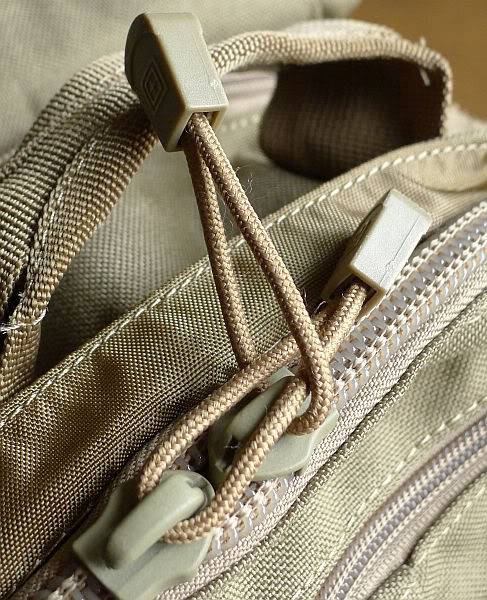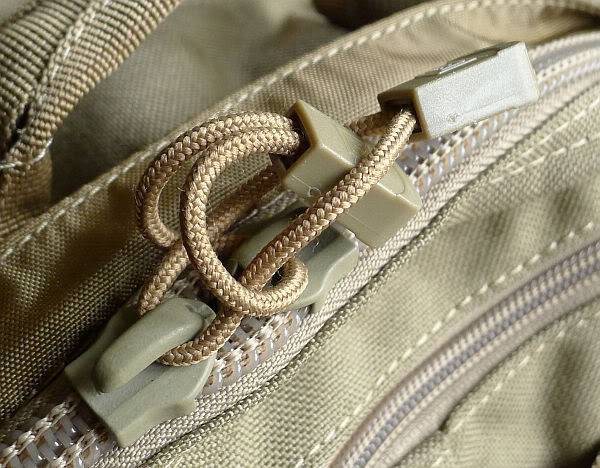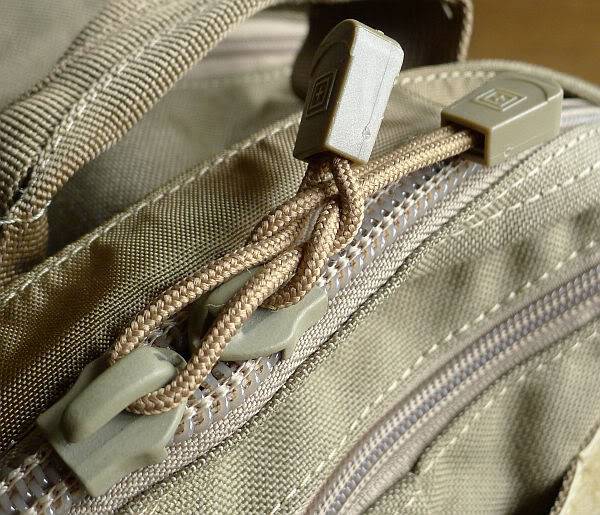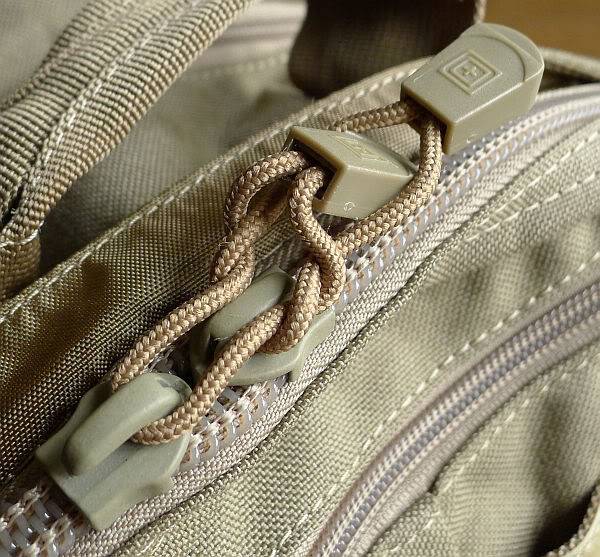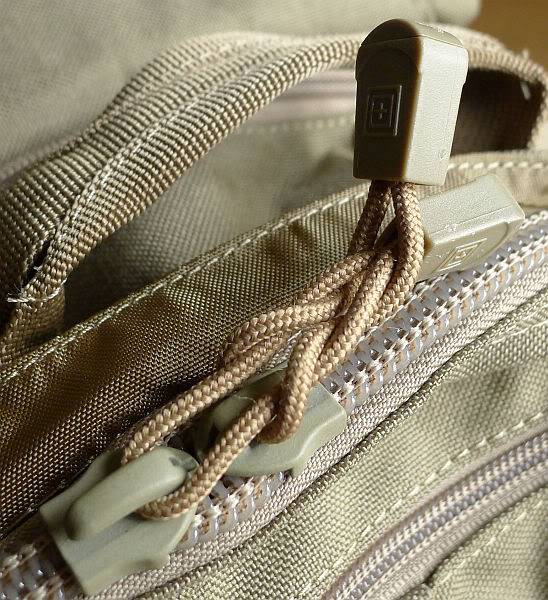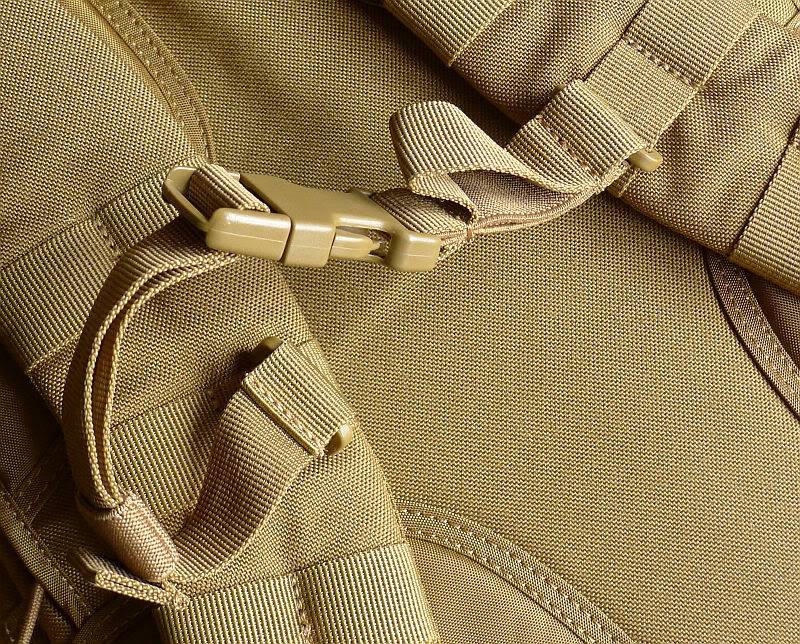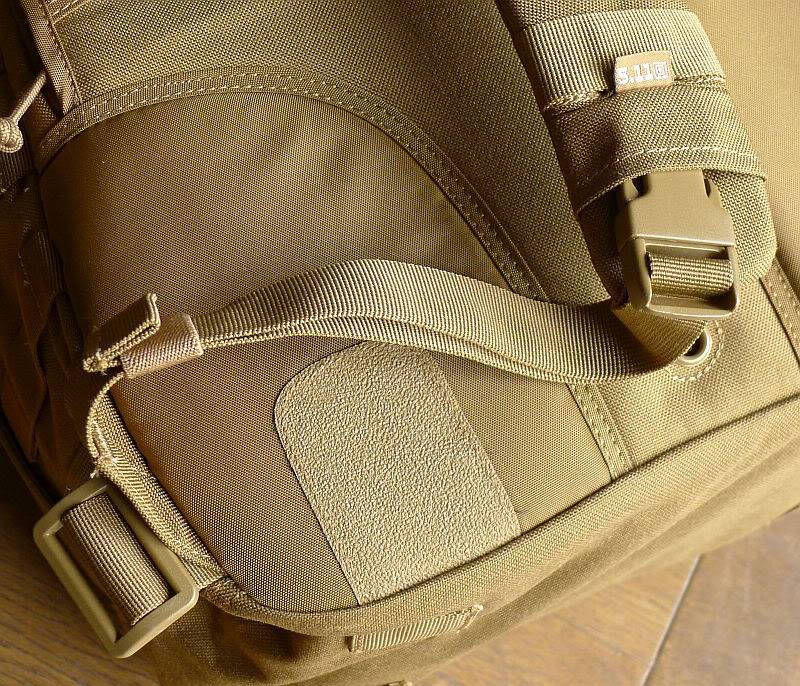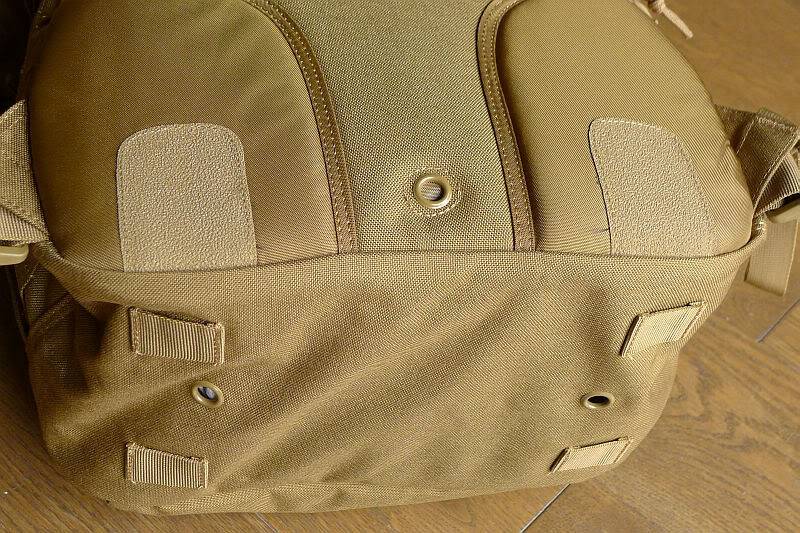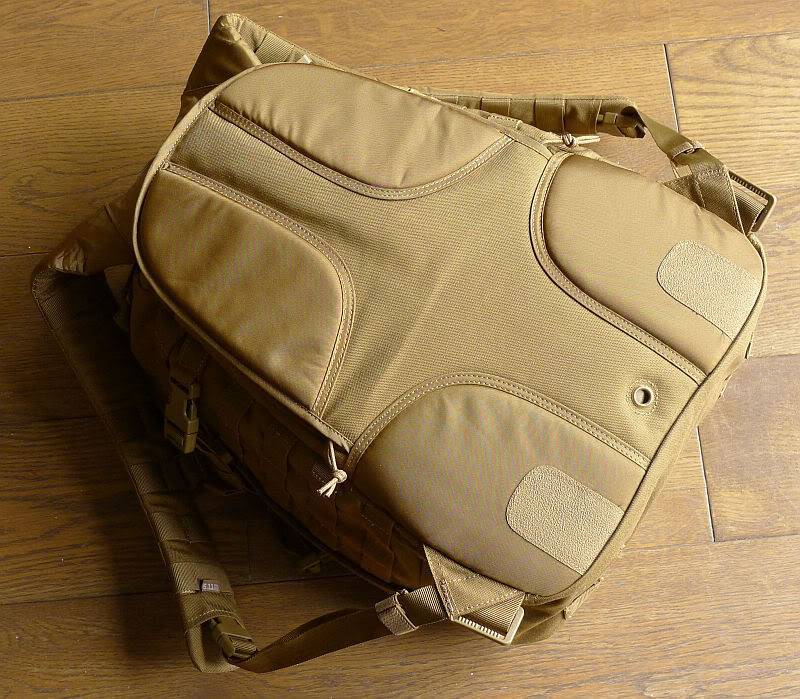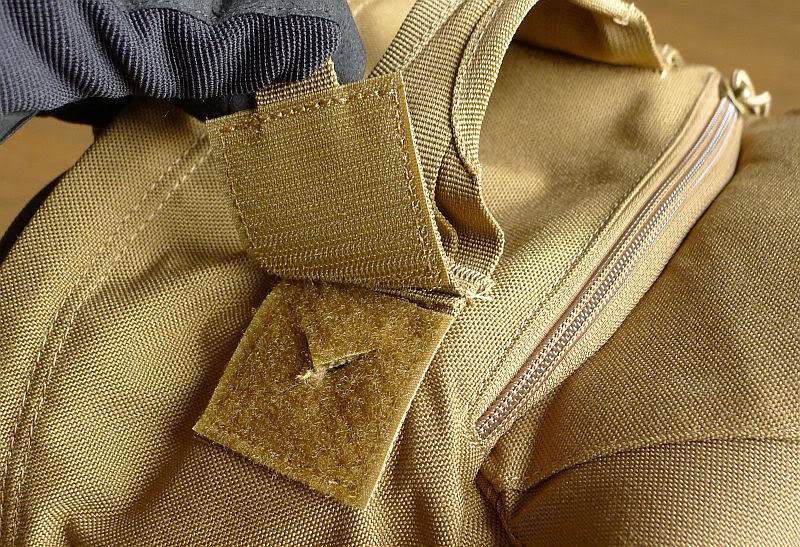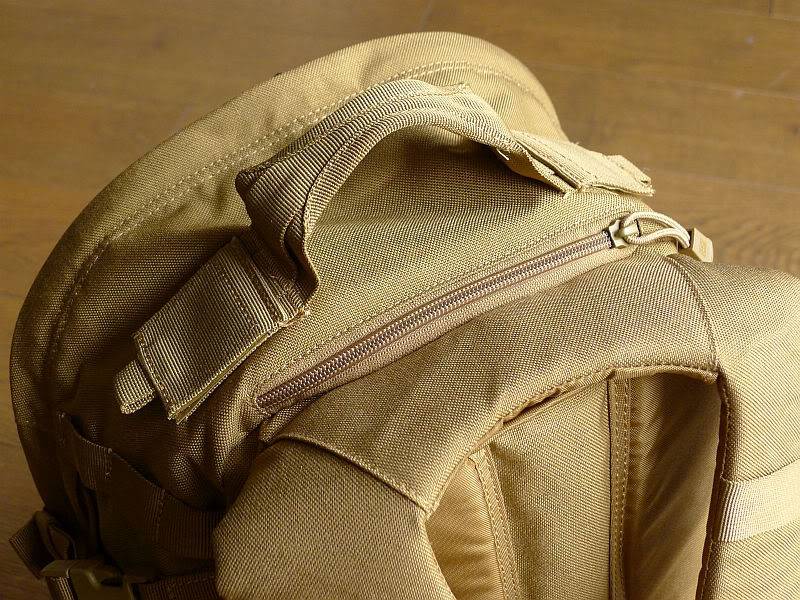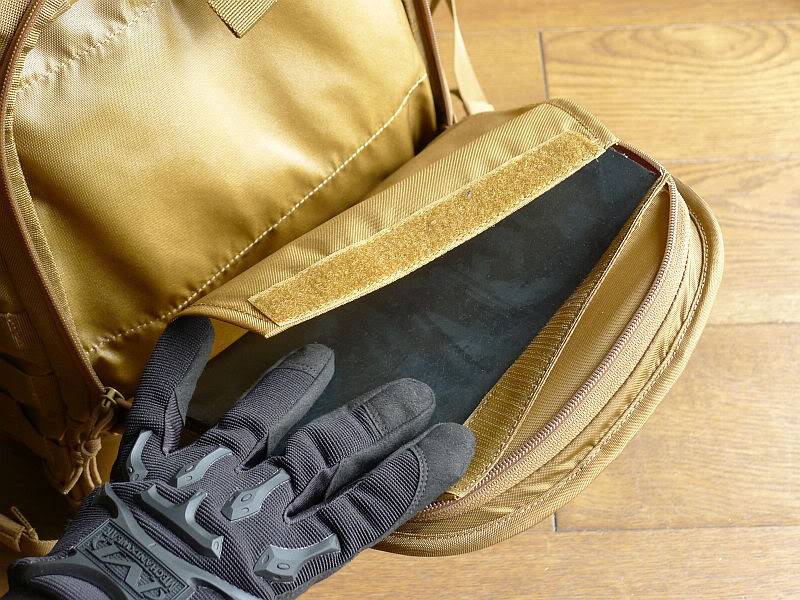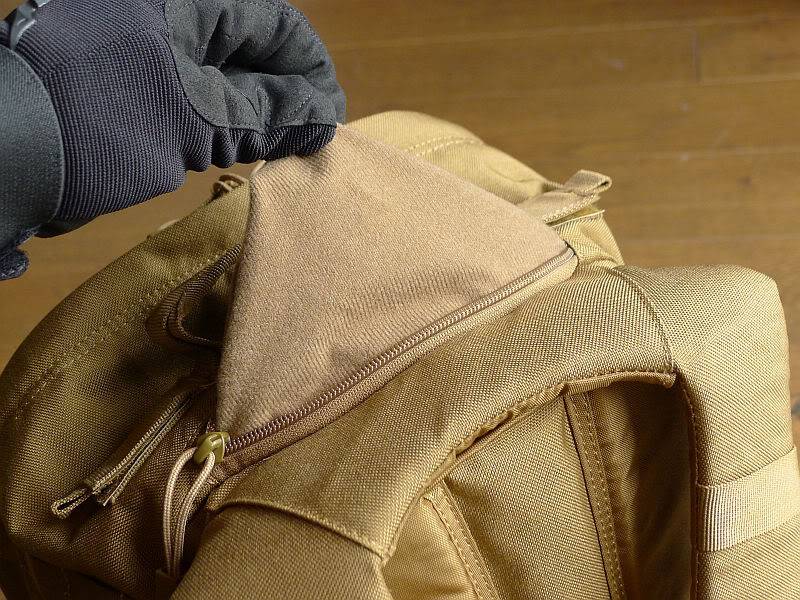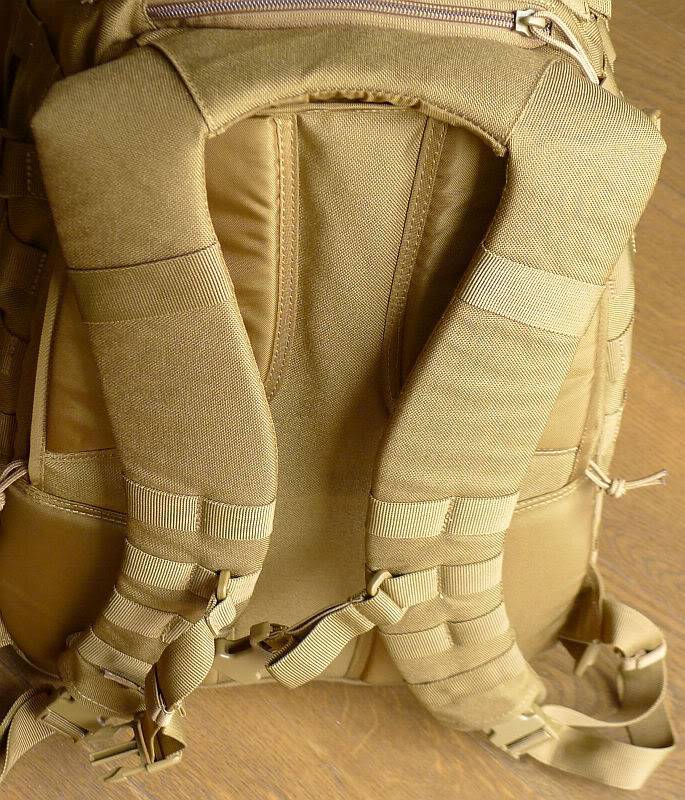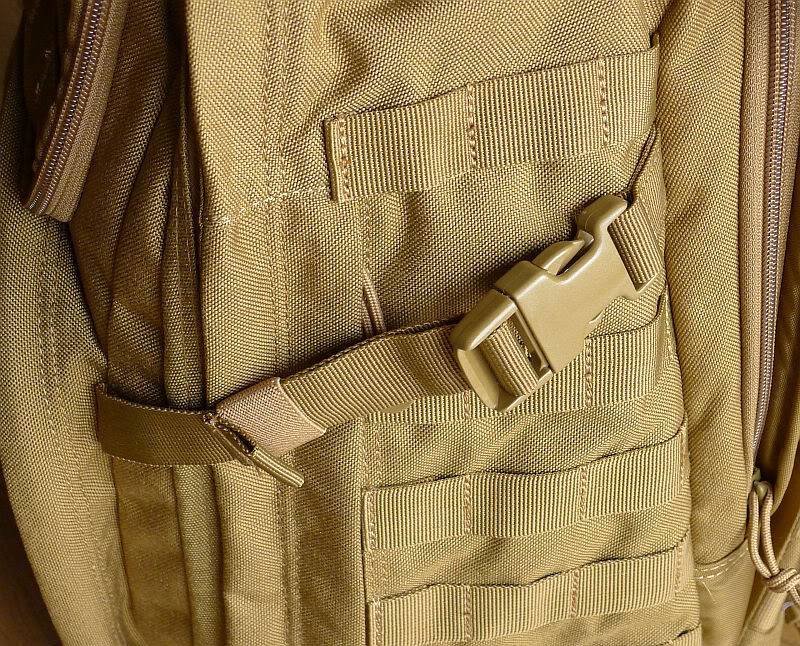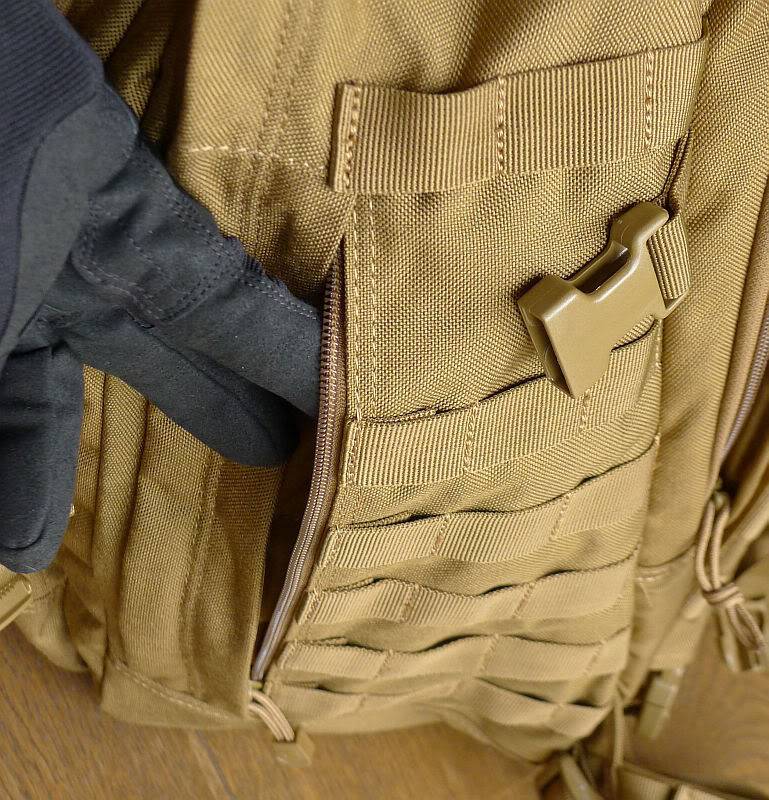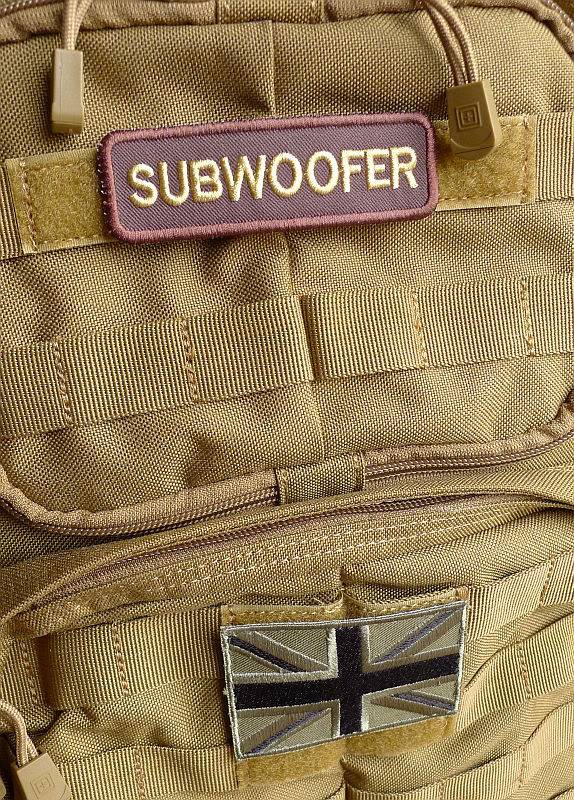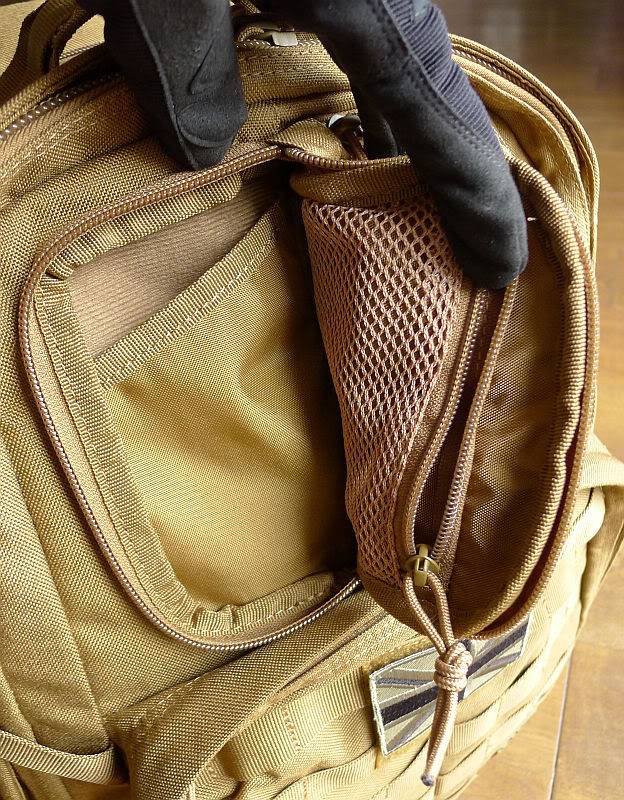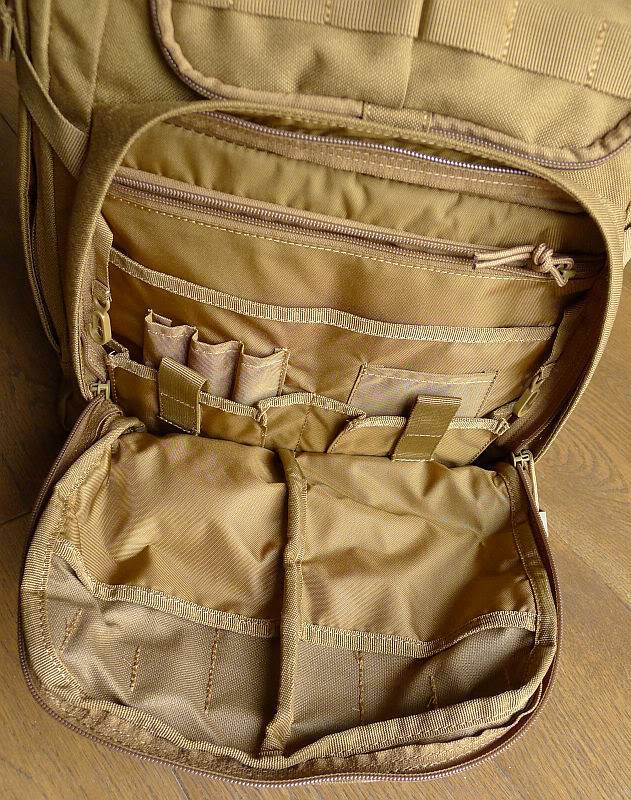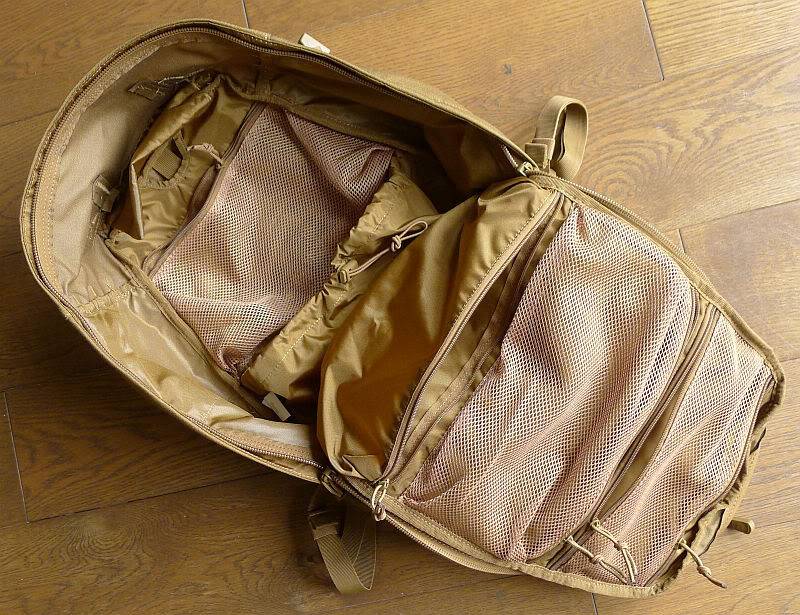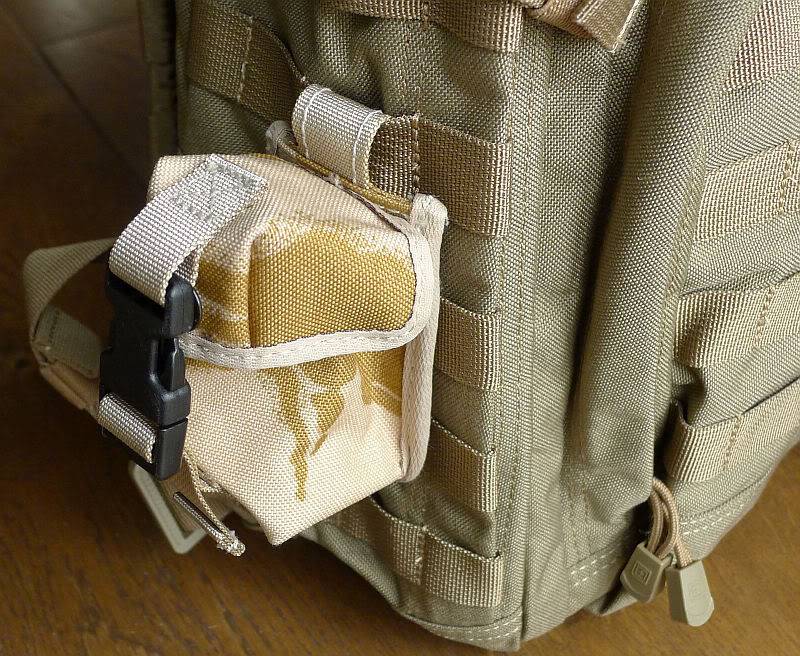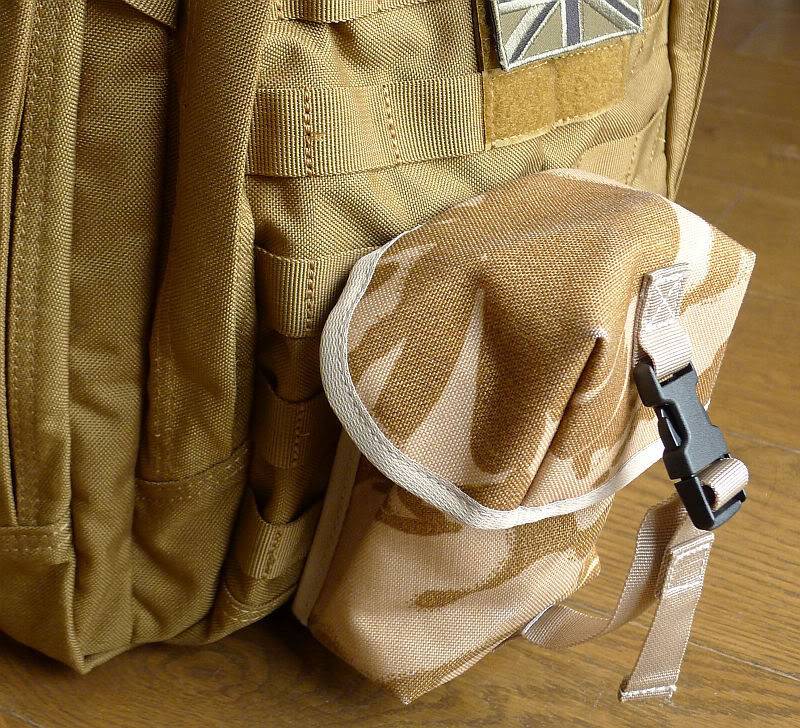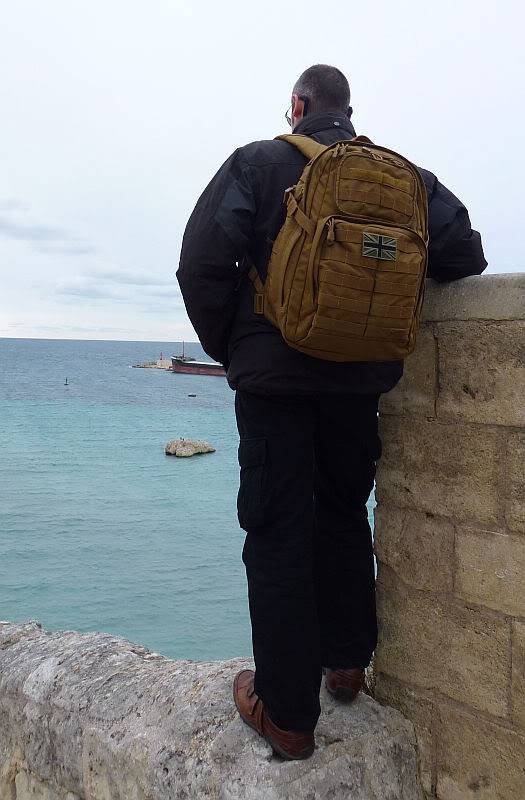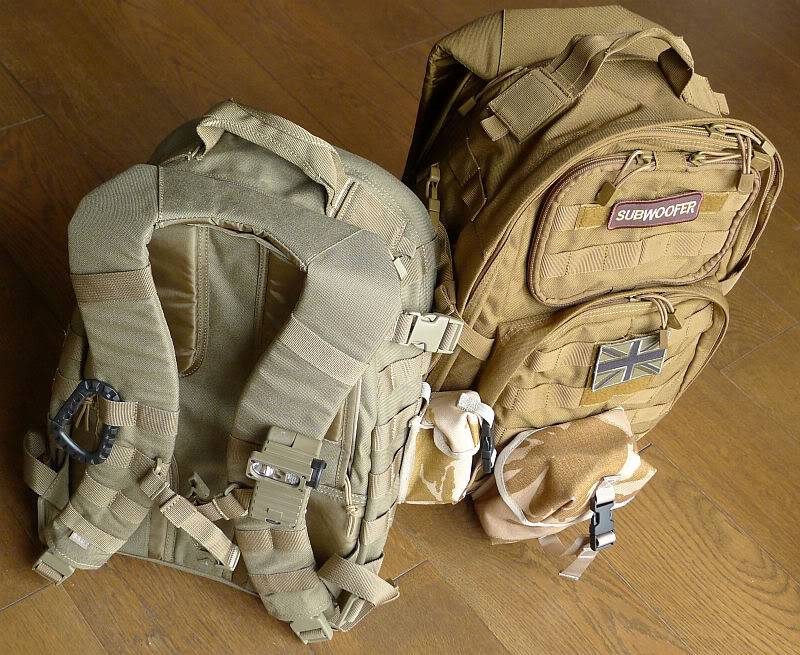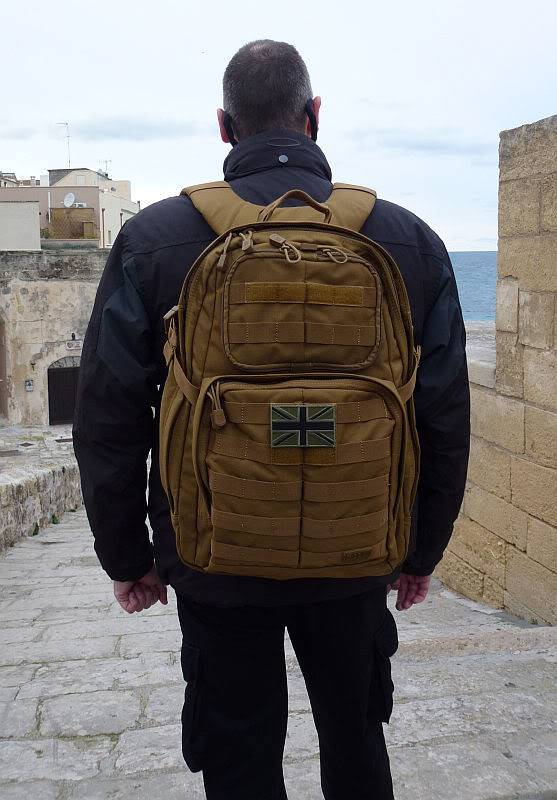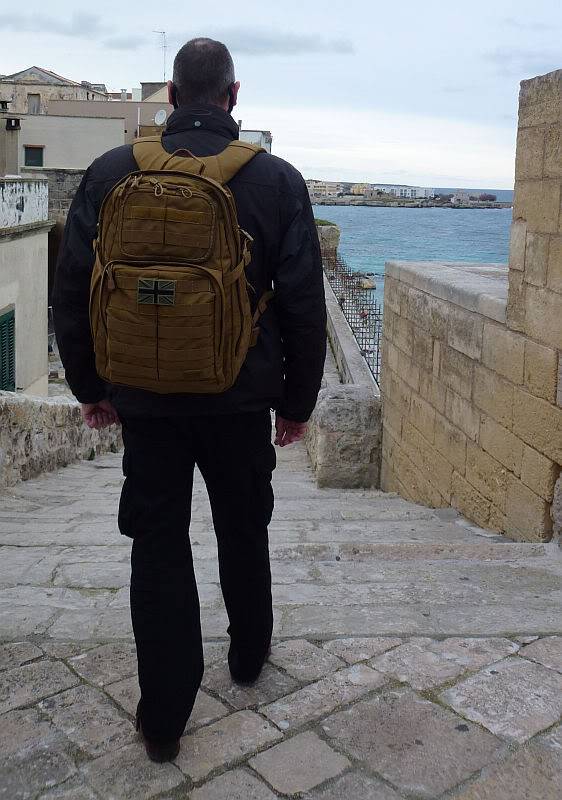Wiley X continue to innovate, and this Wiley X sunglasses review includes the new ‘Hayden’ which combines the timeless metal framed aviator style with high ratings of eye protection previously not possible with this style. Along with the more conventional ‘Kobe’ this group review shows the ‘Wave’ with its facial cavity seal system providing goggle like protection with sunglasses style.
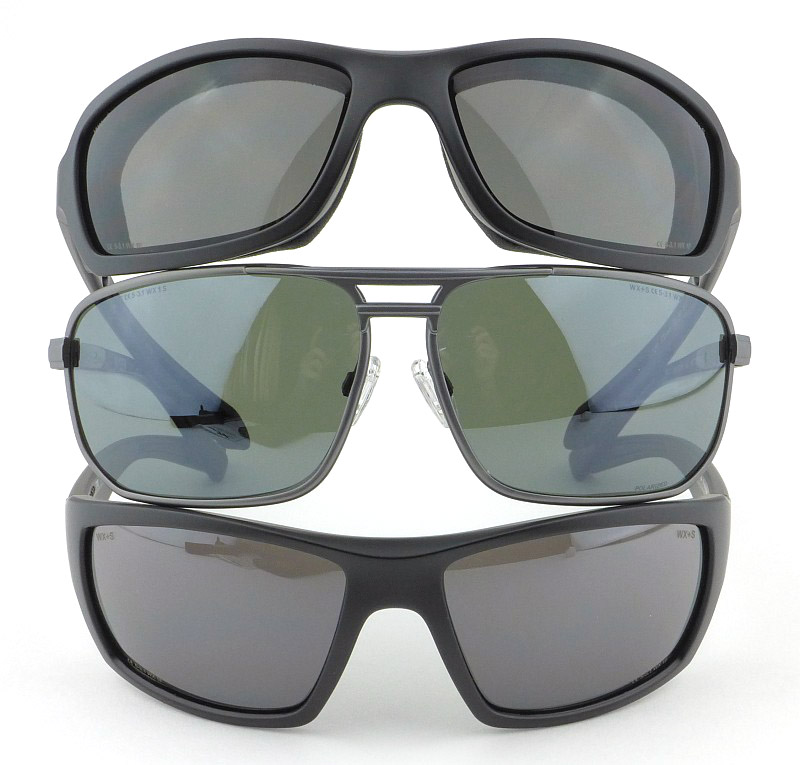
A little Background:
For those that have not read one of Tactical Reviews articles on sunglasses, I just wanted to add a little explanation as to why the performance of sunglasses is crucial to me, every day, not just in the summer or on sunny days.
Due to having hyper-sensitivity to light, I wear sunglasses 100% of the time during daylight hours when I’m outside or driving, so get a lot of wearing time. I would never consider having only one pair of sunglasses and have many different types and styles. (I’m also a lens quality perfectionist)
Being a shooter, I also only settle for full protection when it comes to my eyes. This requires a good fit, a choice of lenses and of course the appropriate safety standards.
A few more details:
The three models on test here all offer something a bit different. Each has its own gallery to take you around the design and highlight features. The Wave has a further gallery in the next section to show the facial cavity seal in more detail.
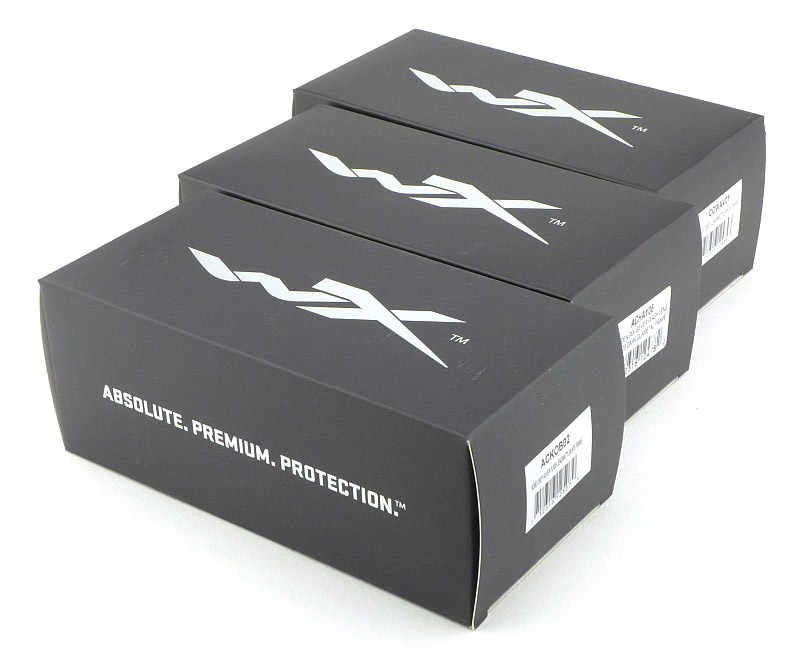
Starting with the metal framed Hayden which has Polarized lenses.
Next we have the Kobe which has standard non-polarized lenses.
Last of the three is the Wave. In this gallery we focus on the overall look and details, but as it has the facial cavity seal feature, this has been put into a gallery of its own.
What it is like to use?
I’ll start with a word – Safety. Let’s get this out of the way, but not dismiss it. Wiley X glasses easily surpass the safety standards designed to ensure standard safety glasses will protect you. The exact standard surpassed does depend on the model, and some have higher ratings, but all are at least EN.166 rated, so you know if you have a pair of Wiley X glasses on, you are protected.
A crucial factor for comfort and performance is fit, and with Wiley X there are models to suit all face sizes, so you might find you need to choose a different one to the models shown here to get the sizing right for you.
Here are the Hayden, Kobe and Wave being worn.
HAYDEN: Having made the switch to wearing protective glasses at all times, I have been missing my metal frames, so the Hayden is a seriously welcome addition. Being highly light sensitive, I am aware that there is less protection from light coming directly from the side as the thinner arm doesn’t block the light like a thicker plastic arm. A minor point, but might dictate which day I choose to use them.
As delivered I found the Hayden’s nose pads excessively close together, more so than any other glasses I’ve ever tried. Having a couple of specialised pliers I was happy to adjust the nose pieces myself, but most people might want to pop into an opticians and get them to help; even though I’ve done it before, it still worries me having to bend the metal nose pad holders.
The spring arms make for a very comfortable fit. You might notice from the photos the precise fit of the parts of these spring hinges. So tight and precise, they have nipped me a few times (hair and skin) when taking them on and off and flexing them both ways.
However, otherwise, once the nose pads have been set correctly, the Hayden is light, comfortable and the polarized lenses are excellent performers. Very impressed with these.
KOBE: These are the quiet but efficient ones in the group. No ‘special features’, but just doing the job. They are very lightweight and have an efficient ergonomic shape, a bit of a ‘fit and forget’ you are wearing them. The arm width is sufficient to block light from the side along with the fact they have a wrap around shape in the first place.
WAVE: A key feature of the Wave is its Facial Cavity Seal which also appears on several other models. This feature provides a very specific function; when you first put on a model with the Facial Cavity Seal they feel more like goggles than glasses and it can take a little while to get used to. However as you get used to it, the feeling becomes more comforting and the benefits can be very obvious. The Facial Cavity Seal is designed to protect you from wind, fine dust and pollen as well as blocking light that normally leaks in around the edges of sunglasses.
A more detailed look at the Wave’s facial cavity seal.
I’ve found that in situations where I would want to wear a peaked hat, the Facial Cavity Seal provides sufficient protection from light that would normally leak in around the frame and I didn’t need the hat.
Where the Facial Cavity Seal really shines is in wind and dust protection. Though normal sunglasses provide a degree of protection from wind, once it is coming from the side this is far less effective. Add in dust and your normal sunglasses are not much use. The Facial Cavity Seal immediately shields you from this and stops the blinking and squinting. You could use actual goggles, but Wiley X’s Facial Cavity Seal gives you the protection of goggles in a pair of sunglasses, and the included head strap keeps them firmly in place.
You also have the option of removing the seal and using the sunglasses as normal sunglasses. This is crucial as they do come with some of the issues of goggles.
Although the Facial Cavity Seal has some venting built in, yes, just like goggles you do get fogging. I found that this was particularly bad when driving (due to the lack of airflow), and other situations where I was hot and there was little or no airflow.
When it is windy, the small vents seem to cope with preventing fogging very well, but once conditions are calm, you are at the mercy of the temperature of the sunglasses and your immediate humidity (a nice way of describing the body’s output of moisture).
Knowing that when using the Facial Cavity Seal you can get fogging is just something you need to work with. When the situation demands the extra protection, the Wave delivers exactly that.
Remember though, that unlike goggles, you can remove the seal and they become normal sunglasses.
Review Summary
The views expressed in this summary table are from the point of view of the reviewer’s personal use. I am not a member of the armed forces and cannot comment on its use beyond that already described.
Something that might be a ‘pro’ for one user can be a ‘con’ for another, so the comments are categorised based on my requirements. You should consider all points and if they could be beneficial to you.
Things I like | What doesn't work
| so well for me
__________________________________|___________________________________
All - EN.166 Safety or above. |
All - Comfortable and lightweight |
All - Case, strap and cloth |
included. |
Hayden - Metal Frames. | Hayden - the hinges can pinch.
Kobe - Simple and reliable. |
Wave - Removable Facial cavity | Wave - FCS can cause fogging.
seal (FCS). |
|


